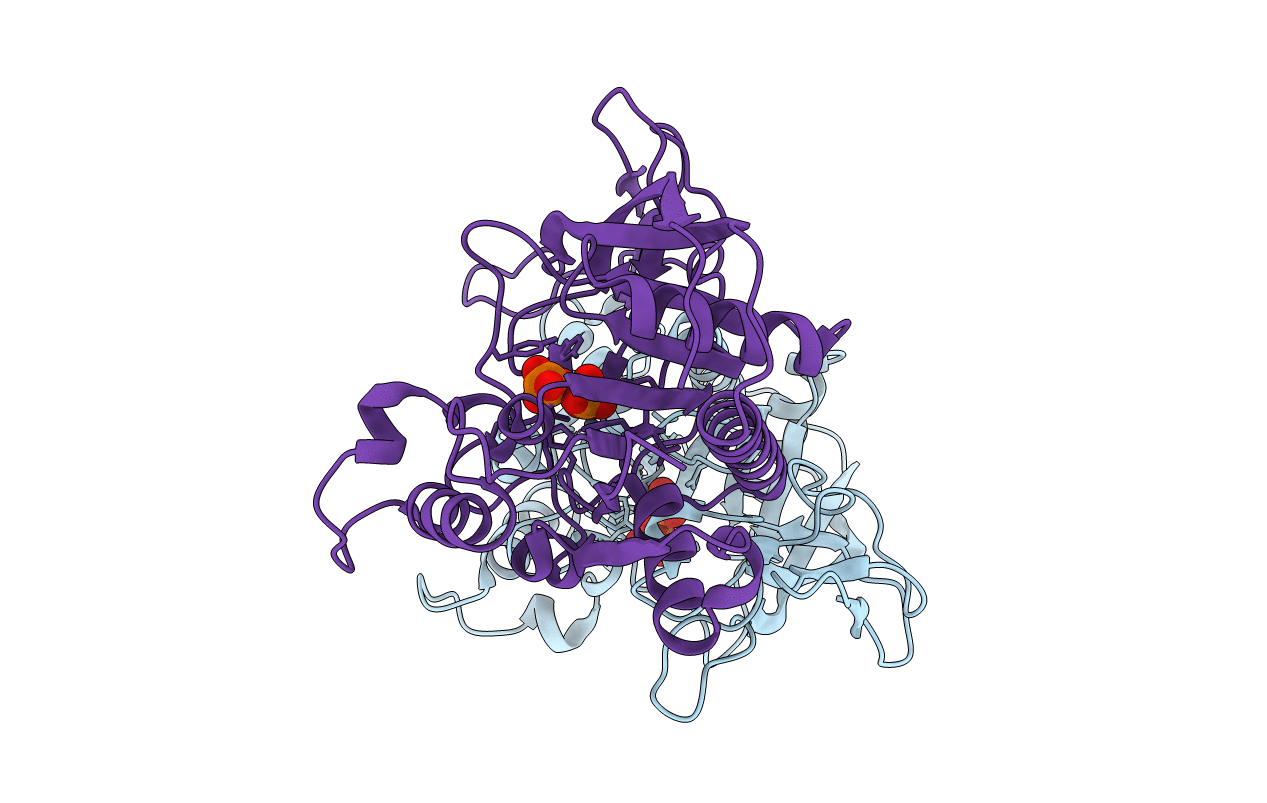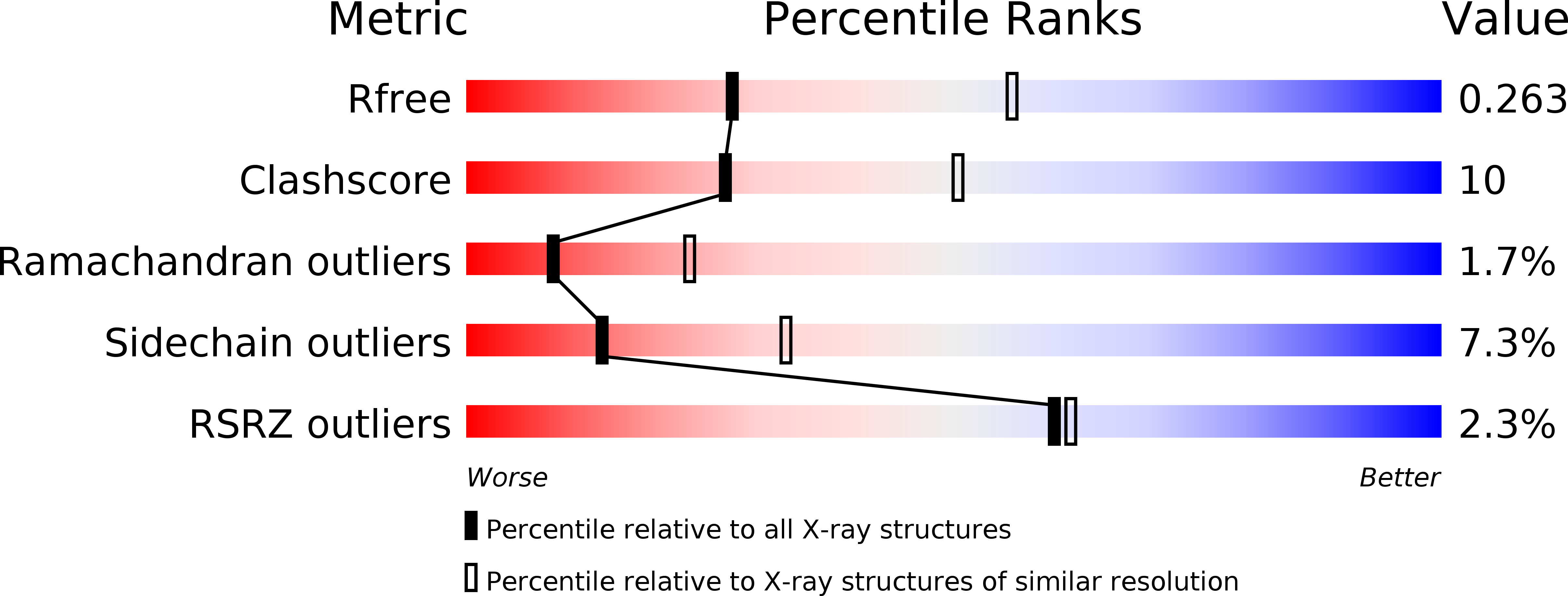
Deposition Date
2006-12-05
Release Date
2007-11-06
Last Version Date
2023-08-30
Method Details:
Experimental Method:
Resolution:
2.70 Å
R-Value Free:
0.26
R-Value Work:
0.21
R-Value Observed:
0.21
Space Group:
P 42 21 2


